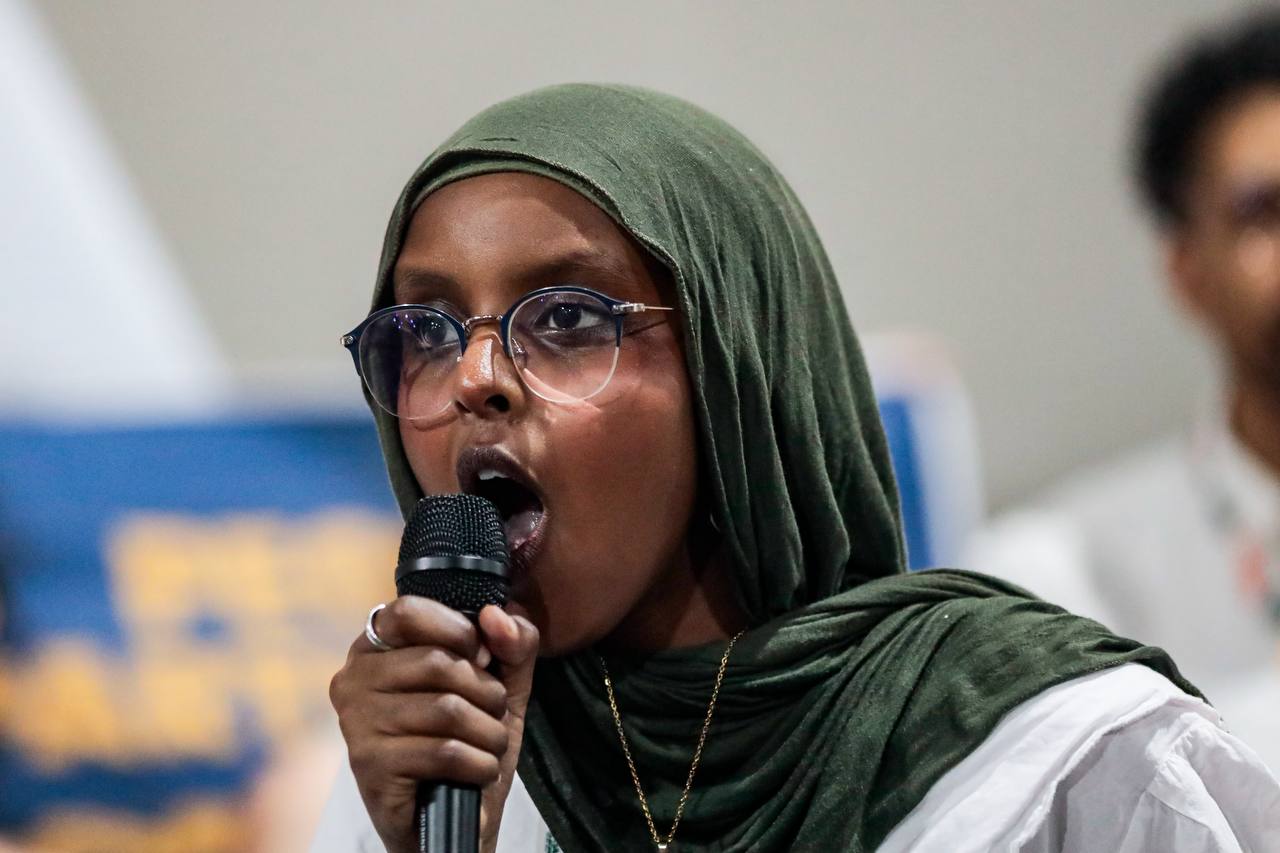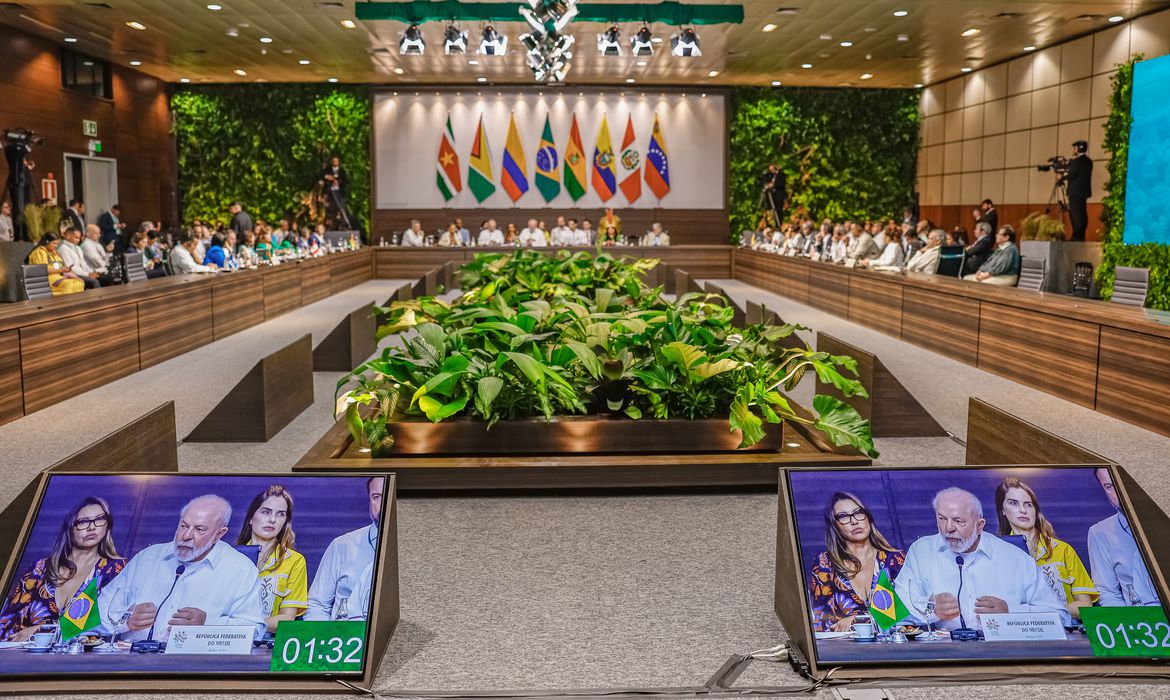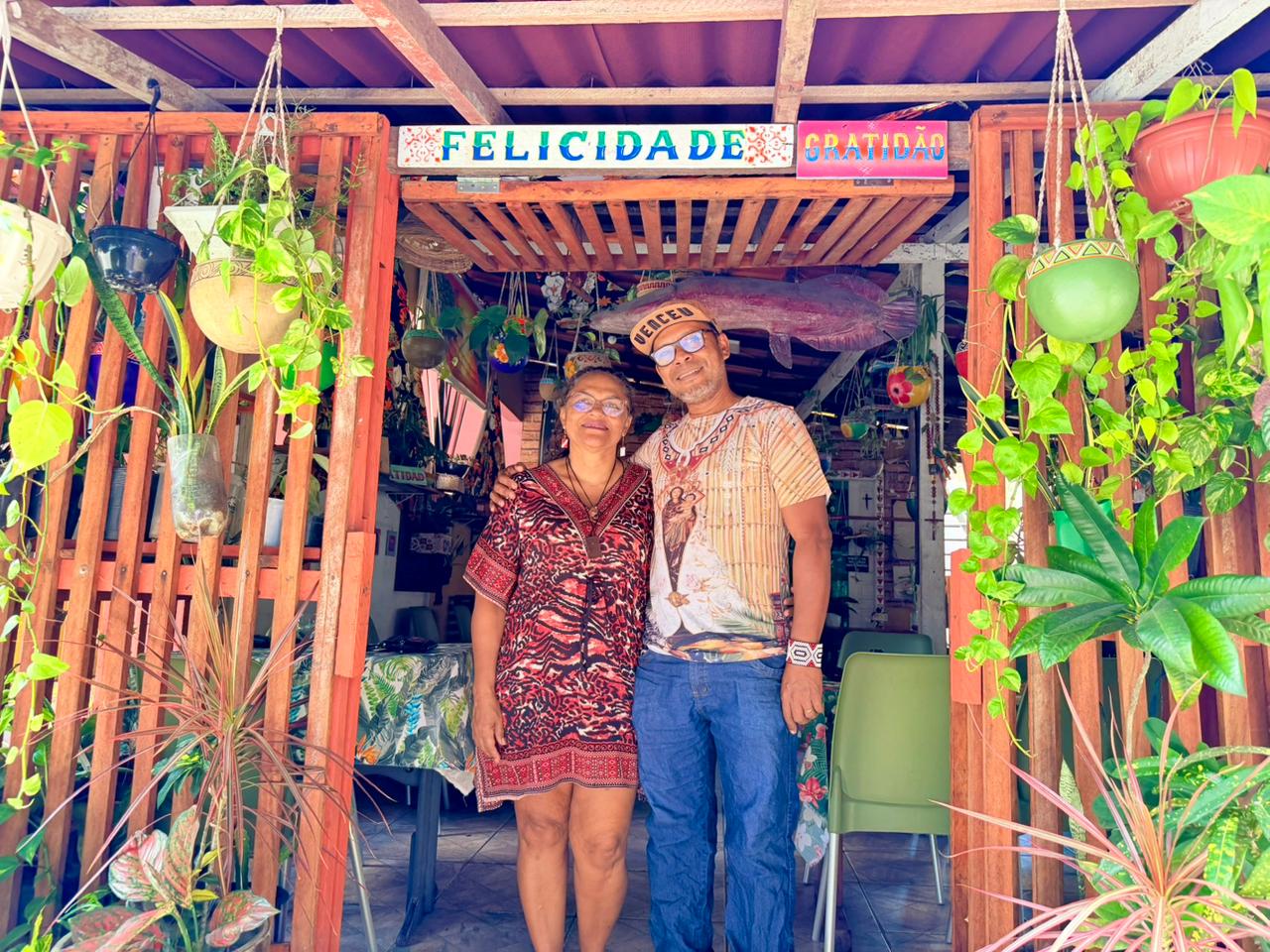
In the COP30 wrap-up, youth continue fighting for the future
Youth take the lead at COP30, demanding real action for climate justice, financing, and an end to fossil fuels
By Julia Gonsalo de Carvalho and Kawê Veronezi for Mídia Ninja’s Collaborative Coverage of COP30
Throughout the COP30 discussions, youth assumed a central role by bringing forward priorities that often fall outside formal negotiation tables. In various spaces, from official plenaries to side events, young people from Brazil and more than one hundred countries presented proposals, demands, and clear assessments of how the climate crisis affects their territories, calling for structural change.
The agendas defended by youth collectives remained consistent throughout the conference. Among them were the rapid and just phase-out of fossil fuels, direct and streamlined access to climate finance, prioritizing adaptation, and the protection of environmental defenders. Added to these are demands for permanent climate education and the recognition of local knowledge, especially in territories that are already experiencing severe impacts from climate change.
A major milestone of this movement is the Global Youth Statement, developed with the participation of more than 30,000 young people from over one hundred countries. The document gathers demands ranging from the institutionalization of intergenerational equity in climate governance to accessible financing mechanisms for projects led by youth and vulnerable communities. The platform makes clear that youth are not only a critical voice but also formulators of concrete pathways to reduce inequalities and strengthen resilience.
Youth protagonism is also expressed through regional demands. In African and Latin American countries, young people emphasize that they are already developing solutions in clean energy, territorial monitoring, sustainable agriculture, and community mobilization, and they demand that international policy acknowledge this work as part of decision-making structures. The focus on loss and damage, together with adaptation, emerges as a priority in light of the intensification of extreme events directly affecting their communities.
During debates on the energy transition, the most forceful point was the explicit call for the end of oil, coal, and gas. In actions related to the Amazon, young Amazonians showed how deforestation, fires, extreme droughts, and river collapse have become evidence that the current development model deepens inequalities and threatens entire ways of life.
The agenda of territorial and racial justice ran through all interventions. Indigenous, quilombolas, ribeirinhas, marginalized, and Amazonian leaders emphasized that climate impacts are not evenly distributed. By reporting severe drought, constant smoke, and water insecurity, they reinforced that climate policy must center those who feel the harshest effects of the crisis, not those who merely negotiate over them.
In the field of education, the demand is for education programs that integrate risk, vulnerability, and adaptation, along with ensuring that schools are safe environments in the face of floods, heat waves, and other disasters already affecting regions in Brazil and around the world. The protection of young environmental defenders, who face criminalization and threats in various countries, also emerged as an urgent issue.
By the end of COP30, the conclusion is clear: the international youth movement is not only demanding a future, it is demanding political power in the present. Their proposals offer a rigorous diagnosis of the failures of the current climate system and outline concrete pathways toward a just transition. Whether they will be heard depends on governments’ ability to institutionalize intergenerational equity as a principle rather than rhetoric. COP30 demonstrated that youth are ready, now the question is whether the world is too.




